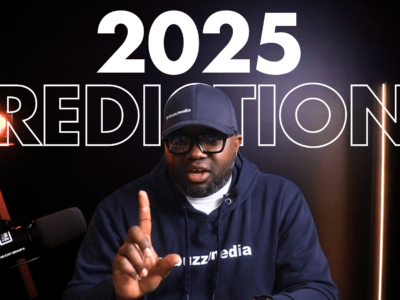- It took Matt a while, but he finally got his Tesla Powerwall installed.
- He says getting it installed was a bit of a comedy of errors that collectively made it an incredibly frustrating, almost 4-month-long experience.
- Matt says there are two basic categories of things you should know, and he details them in this video:
Matt installed the “Founders edition Powerwall” that he earned through the Tesla referral program. So he only had to pay for the installation.
He says getting it installed was a bit of a comedy of errors. That there wasn’t one big gotcha or anything like that, but just a bunch of small road bumps and blips that collectively made it an incredibly frustrating, almost 4-month-long experience.
He says there are two basic categories of things you should know about when installing a home battery.
First is understanding what your energy requirements are. It’s the same thing you’d need to know if you’re getting solar, but with a battery system it’s important because of the electrical load it’s capable of supporting.
If you don’t have an energy monitoring set up in your home, then you can get a ballpark figure by looking at your electric bill. Just look at the kWh used each month to see how much electricity you use on average. And then create a list of your major appliances and items around the house like HVAC, refrigerator, stove, pool, etc. and write down their power draw in watts.
You can usually find this on labels on the device or online. If you add them all up, you’ll start to get a high-level sense of what your home might use in kW if everything was turned on.
There are some good reasons why doing this is important.
The Powerwall has a cap at 5kW continuous power with a peak load up to 7kW. These limitations are per Powerwall. So if you have 2, you’d have a max of 10kW continuous power output available.
So you can probably see where I’m going with this. Take the number from your appliance tally and you’ll understand how many Powerwalls you might need to support 100% of your use if everything was running.
The second category of things to be aware of is all around how prepared your home is to handle a Powerwall. And the first thing you have to look into is … do you have a service disconnect switch?
It’s standard procedure for new homes, but most of the older homes don’t have one. They’re usually just gigantic switches near the power meter, or sometimes on the meter box itself.
That’s the next big road bump that he experienced, which makes asking a lot of questions upfront very important. You can’t rely on your installer having procedures in place to mitigate every issue.
Overall, Matt says his installation experience was not great. It wasn’t one big thing that caused problems. It wasn’t one person’s fault that he got hit with lots of delays. It wasn’t 100% the installer’s fault … and he is not blameless in this either.
So how is the Powerwall?
Well, it’s kind of awesome. Matt’s only had it up and running since the end of November, but he is super impressed by it already.
—
This video was produced and published by Matt Ferrel. It was originally published on his YouTube channel “Undecided with Matt Ferrell.” It has been published here via partnership.













Comments